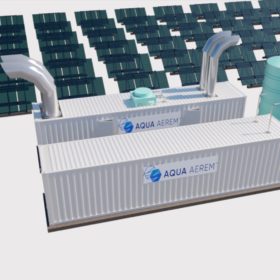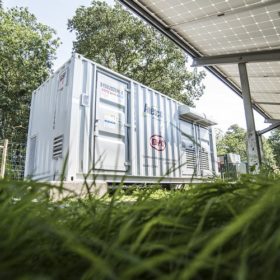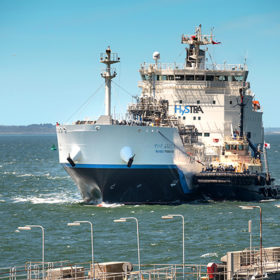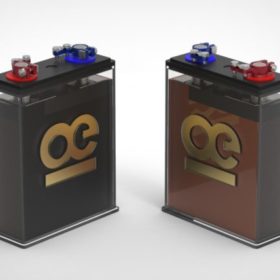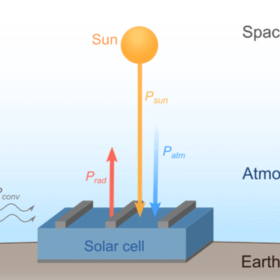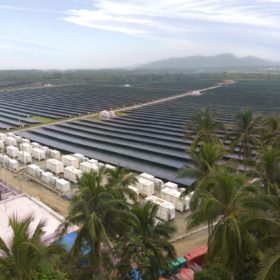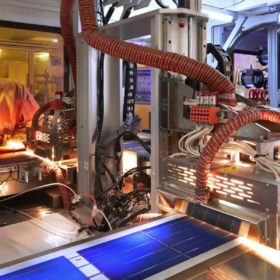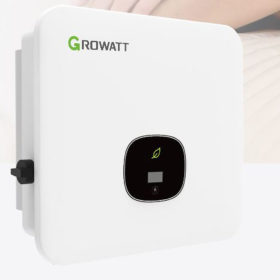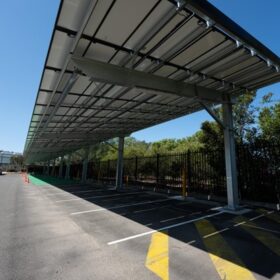10 GW Desert Bloom green hydrogen project attracts major Japanese partner
Water-from-air technology company Aqua Aerem’s Desert Bloom green hydrogen project received Major Project Status from the Northern Territory Government last year, now it has announced a partnership with Japanese energy giant Osaka Gas which not only brings the 10GW project closer to reality, but has also seen the company boost its ambitions to 20GW in light of “quickly developing demand.”
Asia Pacific to lead global battery storage market, clock 68% share by 2026
The global battery energy storage market will grow to US$10.84 billion (AU$14.54 billion) in 2026, with around two-thirds of the demand concentrated in the Asia Pacific region.
Celebrated inaugural hydrogen shipment now under investigation
Hailed as a landmark for Australia’s vision of becoming a global hydrogen exporter, the Suiso Frontier’s first shipment of liquid hydrogen from Australia is now under investigation after a flame was seen coming from the gas combustion unit’s exhaust on deck.
Zinc-based battery tech for stationary applications unveiled by Indian startup
A startup incubated at the Indian Institute of Technology Kanpur has introduced ZincGel battery tech, which could offer significant savings for owners of two-wheel electric vehicles.
Radiative cooling for PV modules – challenges and prospects
A group of international scientists has investigated the potential use of radiative cooling in PV systems, in a newly published review focusing on challenges and opportunities for the passive cooling technology.
AC Energy, Citicore switch on 72MW solar park in Philippines
AC Energy, the renewable energy unit of Philippines-based conglomerate Ayala Corp., has finished building the 72MW Arayat-Mexico PV plant on the island of Luzon, in cooperation with Manila-based Citicore Power.
Trina Solar achieves 25.5% efficiency in n-type TOPCon solar cell
The result was confirmed by the National Institute of Metrology of China. It was achieved with a cell size of 210x210mm.
Australia plans to be a big green hydrogen exporter to Asian markets – but they don’t need it
Australia is vying to become a major green hydrogen export industry, particularly in the Asia Pacific, but new research from the Australian National University suggests the opportunity may be overstated.
Weekend read: The pieces that make China’s PV puzzle
Last year was a disappointing period for China’s PV industry, as high module prices restrained domestic demand and the ongoing pandemic continued to cause upheaval. This year looks more promising, even though the pieces of China’s PV puzzle have yet to fall into place. But sorting through them allows for a better understanding of the world’s largest PV market, reports Vincent Shaw, pv magazine’s China correspondent.
Growatt unveils new inverter for residential applications
The new device has an efficiency of up to 98.6% and a European efficiency of up to 98.1%. It features up to two maximum power point tracking (MPPT) inputs, with MPPT voltage ranging from 140-1,000V. While the inverter is currently only available in China and Europe, the company said it plans to launch it in Australia “soon.”
